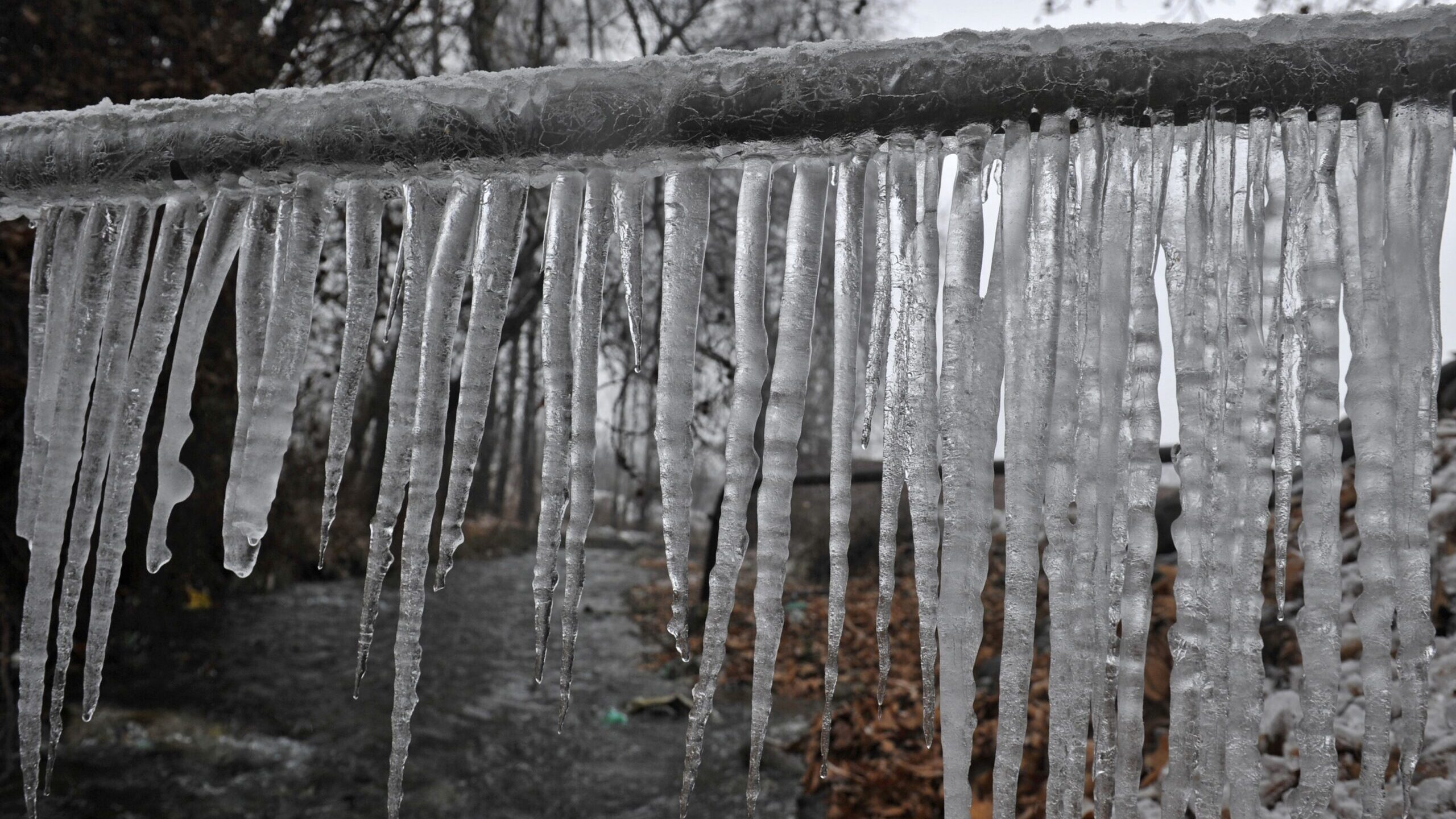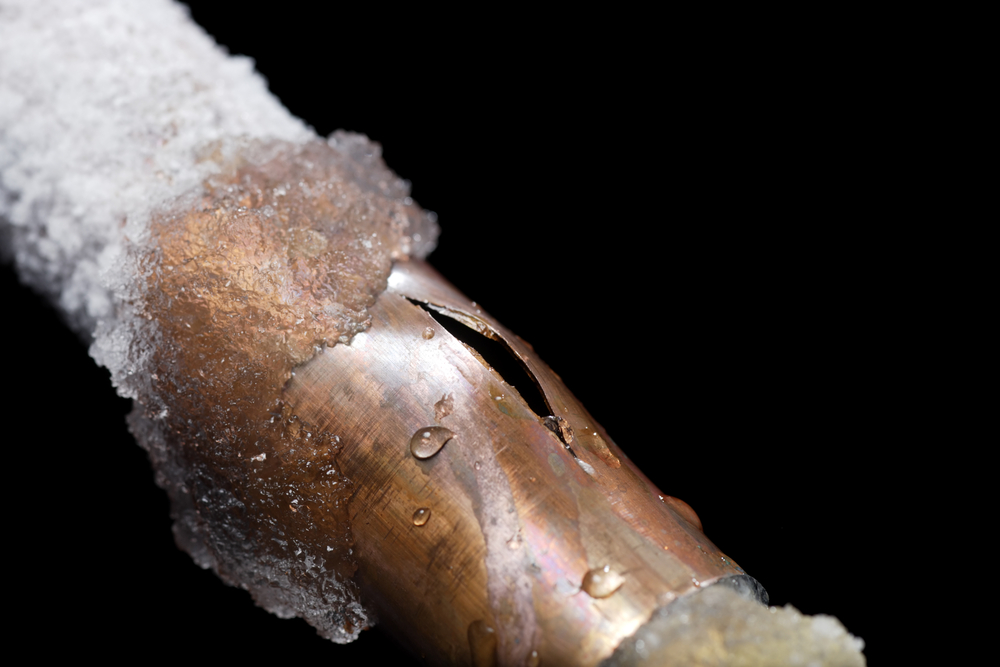Key Methods for Preventing Frozen Plumbing in Cold Weather
Get A QuoteThe author is making several great pointers about 6 Ways to Prevent Frozen Pipes as a whole in this great article on the next paragraphs.

Winter can wreak havoc on your pipes, especially by freezing pipelines. Right here's exactly how to stop it from occurring and what to do if it does.
Introduction
As temperatures decrease, the danger of frozen pipelines rises, possibly bring about costly repair services and water damages. Understanding exactly how to prevent icy pipelines is critical for home owners in chilly climates.
Comprehending Frozen Pipes
What creates pipes to freeze?
Pipes ice up when revealed to temperatures below 32 ° F (0 ° C) for extended periods. As water inside the pipelines ices up, it broadens, taxing the pipeline wall surfaces and possibly causing them to break.
Risks and damages
Frozen pipelines can bring about supply of water interruptions, residential property damage, and expensive fixings. Burst pipelines can flood homes and cause considerable structural damage.
Signs of Frozen Piping
Identifying icy pipes early can avoid them from breaking.
Just how to determine frozen pipes
Seek lowered water circulation from taps, unusual smells or noises from pipes, and noticeable frost on exposed pipelines.
Avoidance Tips
Insulating vulnerable pipes
Cover pipes in insulation sleeves or utilize warmth tape to safeguard them from freezing temperature levels. Concentrate on pipes in unheated or outside locations of the home.
Home heating techniques
Keep interior areas sufficiently heated up, specifically locations with pipes. Open cabinet doors to allow warm air to circulate around pipes under sinks.
Safeguarding Outside Plumbing
Garden hose pipes and outside faucets
Disconnect and drain yard tubes prior to winter months. Mount frost-proof spigots or cover outdoor faucets with shielded caps.
What to Do If Your Pipelines Freeze
Immediate activities to take
If you presume frozen pipelines, maintain taps open to ease stress as the ice melts. Make use of a hairdryer or towels taken in warm water to thaw pipes slowly.
Long-Term Solutions
Structural adjustments
Think about rerouting pipelines away from exterior walls or unheated locations. Include added insulation to attics, cellars, and crawl spaces.
Upgrading insulation
Buy high-grade insulation for pipes, attic rooms, and wall surfaces. Appropriate insulation helps preserve consistent temperatures and lowers the threat of icy pipes.
Conclusion
Protecting against icy pipes calls for proactive actions and quick reactions. By recognizing the reasons, indicators, and safety nets, homeowners can shield their pipes throughout cold weather.
6 Proven Ways to Prevent Frozen Pipes and Protect Your Home
Disconnect and Drain Garden Hoses
Before winter arrives, start by disconnecting your garden hoses and draining any remaining water. Close the shut-off valves that supply outdoor hose bibs and leave the outdoor faucet open to allow any residual water to drain. For extra protection, consider using faucet covers throughout the colder months. It’s also important to drain water from any sprinkler supply lines following the manufacturer’s directions.
Insulate Exposed Pipes
Insulating your pipes is an effective way to prevent freezing. Pipe insulation is readily available at home improvement stores and is relatively inexpensive. Pay close attention to pipes in unheated areas such as the attic, basement, crawl spaces, or garage. Apply foam insulation generously to create a buffer against the cold. You can also wrap your pipes in heat tape or thermostat-controlled heat cables for added warmth.
Seal Air Leaks
Inspect your home for any cracks or openings that could let in cold air. Seal any holes around the piping in interior or exterior walls, as well as the sill plates where your home rests on its foundation. Additionally, make sure to keep your garage door closed unless you’re entering or exiting. Leaving it open creates a significant air leak that can lead to frozen pipes.
Allow Warm Air Circulation
During cold snaps, it’s essential to allow warm air to circulate evenly throughout your home. Leave interior doors ajar to promote better airflow. Open kitchen and bathroom cabinets to help distribute heat consistently around the rooms. If you have small children or pets, be sure to remove any household chemicals or potentially harmful cleaners from open cabinets for safety.
Let Faucets Drip
A small trickle of water can make a big difference in preventing ice formation inside your pipes. When temperatures drop significantly, start a drip of water from all faucets served by exposed pipes. This continuous flow helps prevent the water from freezing. Additionally, running a few faucets slightly can relieve pressure inside the pipes, reducing the chances of a rupture if the water inside does freeze.
https://choateshvac.com/6-proven-ways-to-prevent-frozen-pipes-and-protect-your-home/

As an enthusiastic person who reads about How to Prevent Your Pipes From Freezing, I figured sharing that piece of content was worth the trouble. Sharing is good. You won't know, you might be doing someone a favor. Thanks a bunch for your time. Don't forget to visit our blog back soon.
This Page